Occupational Safety and Health
Environmental Health Risk Assessment
Views : 4
Usually dispatched in 2 to 3 days
Usually dispatched in 2 to 3 days
Category:
Occupational Safety and Health
Only logged in customers who have purchased this product may leave a review.
Related books
Lifting Guide
Introduction : This manual is your pocket guide to the use of lifting equipment. It covers equipment made of synthetic fibre, steel wire rope and chain with associated master links, hooks and couplings. It consists of four colour-coded sections which can be read individually when required:
-Lifting Equipment in General -Choosing Lifting Equipment -When Lifting -Maintenance
Gunnebo Lifting does not, however, in any way claim that this manual covers all kinds of lifting equipment or all lifting situations.
Lifting Guide
Introduction : This manual is your pocket guide to the use of lifting equipment. It covers equipment made of synthetic fibre, steel wire rope and chain with associated master links, hooks and couplings. It consists of four colour-coded sections which can be read individually when required:
-Lifting Equipment in General -Choosing Lifting Equipment -When Lifting -Maintenance
Gunnebo Lifting does not, however, in any way claim that this manual covers all kinds of lifting equipment or all lifting situations.
CCE Chemical Safety Manual
Safety plan for the Division of Chemistry and Chemical Engineering
Training in Safety is required for everyone in the CCE Division. Before being issued a key and beginning work, each new member must have documented training in the
following areas. Training is provided at Three Levels for new employees:
1. Safety Orientation - for all new employees, including office staff
Safety organization structure
Right to know
Medical trips and reporting
Safety equipment
Evacuation plan for fire and earthquake
2. Laboratory Safety - for researchers in chemical laboratories
Safety equipment available
Films on proper practice
Electrical Equipment spark/hazards
Labeling of chemicals
Chemical disposal
Spill Clean up
Inspection procedure
Routine
Prestart up inspection
Chemical Hazard
Hazard classification guide
Carcinogen, tetragon
3. Group Safety - procedures will be developed by each research group
Biological hazards*
Vacuum line
CCE Chemical Safety Manual
Safety plan for the Division of Chemistry and Chemical Engineering
Training in Safety is required for everyone in the CCE Division. Before being issued a key and beginning work, each new member must have documented training in the
following areas. Training is provided at Three Levels for new employees:
1. Safety Orientation - for all new employees, including office staff
Safety organization structure
Right to know
Medical trips and reporting
Safety equipment
Evacuation plan for fire and earthquake
2. Laboratory Safety - for researchers in chemical laboratories
Safety equipment available
Films on proper practice
Electrical Equipment spark/hazards
Labeling of chemicals
Chemical disposal
Spill Clean up
Inspection procedure
Routine
Prestart up inspection
Chemical Hazard
Hazard classification guide
Carcinogen, tetragon
3. Group Safety - procedures will be developed by each research group
Biological hazards*
Vacuum line
Giving Safety Talks A Guide For The Construction Sector
Introduction and Importance
Biohazardous infectious material contains organisms that can cause diseases such as HIV/AIDS, Hepatitis B, and Salmonella in humans or animals. These materials are usually found in hospitals and laboratories. However, you could! nd them at work. Universal Precautions are guidelines to help protect you from exposure to infectious diseases spread by blood or body fluids.
Consequences
Biohazardous infectious materials can cause AIDS, hepatitis, or other diseases. 157 disabling injury claims took place in 2007 – primarily in the Health Care profession. Procedure/Practice
If your work requires you to handle biohazardous infectious materials, ask your supervisor for training so you understand the hazards, roles, responsibilities, and regulations you are to follow. Wear the proper PPE as every tissue or fluid is to be considered dangerous. Make sure you have a tetanus immunization every 10 years. Trash bins in the Health & Safety department may contain infectious materials. Be careful in this area.
Giving Safety Talks A Guide For The Construction Sector
Introduction and Importance
Biohazardous infectious material contains organisms that can cause diseases such as HIV/AIDS, Hepatitis B, and Salmonella in humans or animals. These materials are usually found in hospitals and laboratories. However, you could! nd them at work. Universal Precautions are guidelines to help protect you from exposure to infectious diseases spread by blood or body fluids.
Consequences
Biohazardous infectious materials can cause AIDS, hepatitis, or other diseases. 157 disabling injury claims took place in 2007 – primarily in the Health Care profession. Procedure/Practice
If your work requires you to handle biohazardous infectious materials, ask your supervisor for training so you understand the hazards, roles, responsibilities, and regulations you are to follow. Wear the proper PPE as every tissue or fluid is to be considered dangerous. Make sure you have a tetanus immunization every 10 years. Trash bins in the Health & Safety department may contain infectious materials. Be careful in this area.
Chemical Safety Handbook
Introduction
The health, safety and well‐being of the university community and the protection of the environment are of utmost importance to the University. Through various functions, University of Guelph personnel are responsible for the handling, use and storage of potentially hazardous chemical products. In order to address the health, safety and environmental challenges specific to the usage of hazardous chemicals outside of laboratory environments, this handbook, and the encompassing guidelines and procedures, have been developed. This handbook is to provide supplemental information to the University of Guelph and departmental health and safety policies as well as define minimum standards for safe practices at the University. Workers involved in laboratory work should refer to the Laboratory Safety Manual for more detailed direction on chemical safety in the laboratory. Our goal is a safe and healthy environment for faculty, staff, students and visitors.
Chemical Safety Handbook
Introduction
The health, safety and well‐being of the university community and the protection of the environment are of utmost importance to the University. Through various functions, University of Guelph personnel are responsible for the handling, use and storage of potentially hazardous chemical products. In order to address the health, safety and environmental challenges specific to the usage of hazardous chemicals outside of laboratory environments, this handbook, and the encompassing guidelines and procedures, have been developed. This handbook is to provide supplemental information to the University of Guelph and departmental health and safety policies as well as define minimum standards for safe practices at the University. Workers involved in laboratory work should refer to the Laboratory Safety Manual for more detailed direction on chemical safety in the laboratory. Our goal is a safe and healthy environment for faculty, staff, students and visitors.
Safety Guide For Work In Manholes
Introduction
Working near or in a manhole inherits potential dangers which may result in serious accidents. The common ones include falls/slips, fire or explosion, oxygen depletion, gas poisoning, heat stress, drowning, asphyxiation arising from gas, fume, vapor, and entrapment by free-flowing solid. Amongst these, dangers involving gases are easily overlooked or neglected, leading to serious casualties. This guide aims to remind persons entering or working in a manhole to take appropriate measures, including measures for the prevention of oxygen depletion and gas poisoning. ‘‘Certified workers’’ (Note 1) must be familiar with the ‘Code of Practice – Safety and Health at Work in Confined Spaces, and before entering a manhole, they must take all the necessary safety precautions to ensure safety at work
Safety Guide For Work In Manholes
Introduction
Working near or in a manhole inherits potential dangers which may result in serious accidents. The common ones include falls/slips, fire or explosion, oxygen depletion, gas poisoning, heat stress, drowning, asphyxiation arising from gas, fume, vapor, and entrapment by free-flowing solid. Amongst these, dangers involving gases are easily overlooked or neglected, leading to serious casualties. This guide aims to remind persons entering or working in a manhole to take appropriate measures, including measures for the prevention of oxygen depletion and gas poisoning. ‘‘Certified workers’’ (Note 1) must be familiar with the ‘Code of Practice – Safety and Health at Work in Confined Spaces, and before entering a manhole, they must take all the necessary safety precautions to ensure safety at work


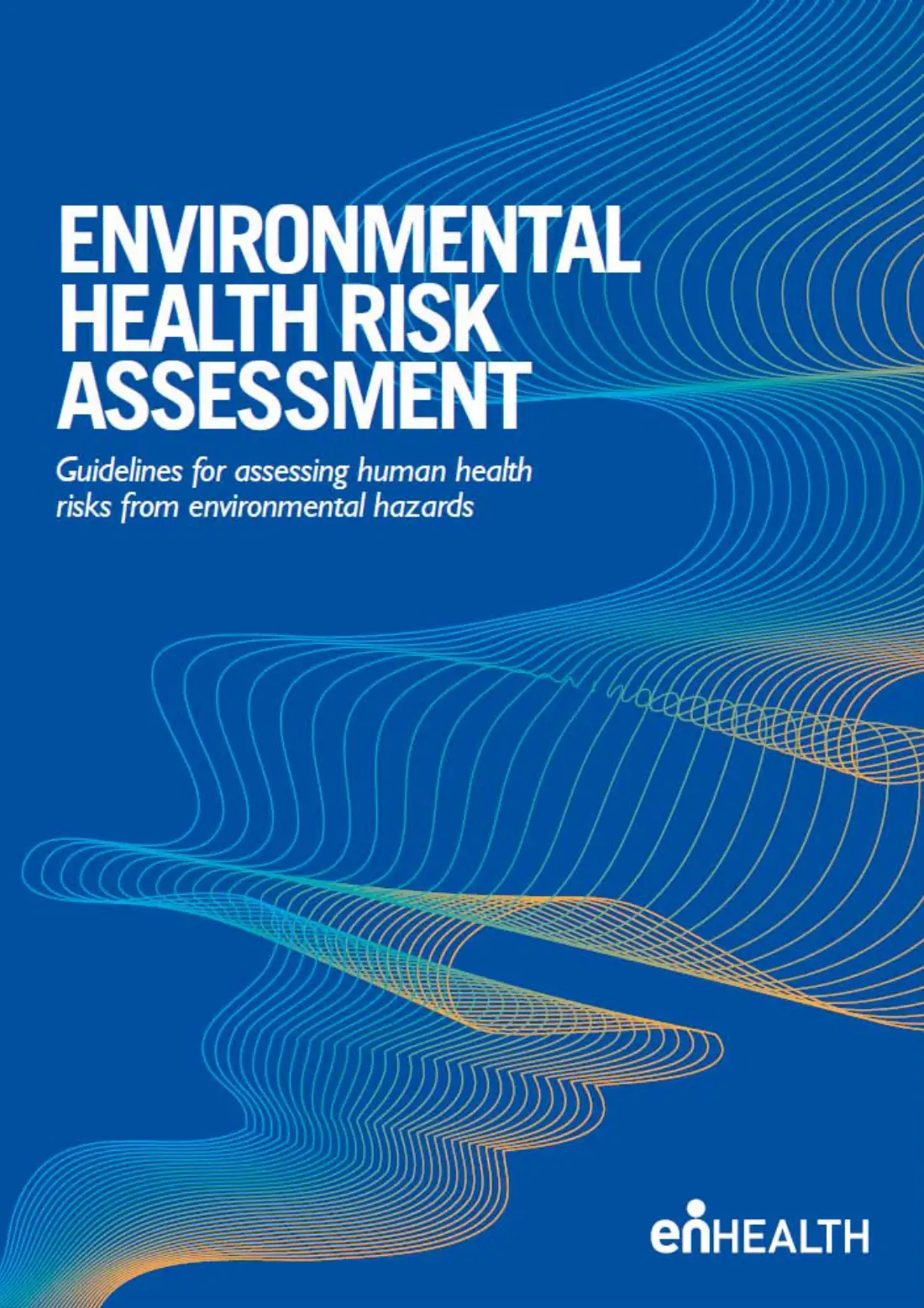

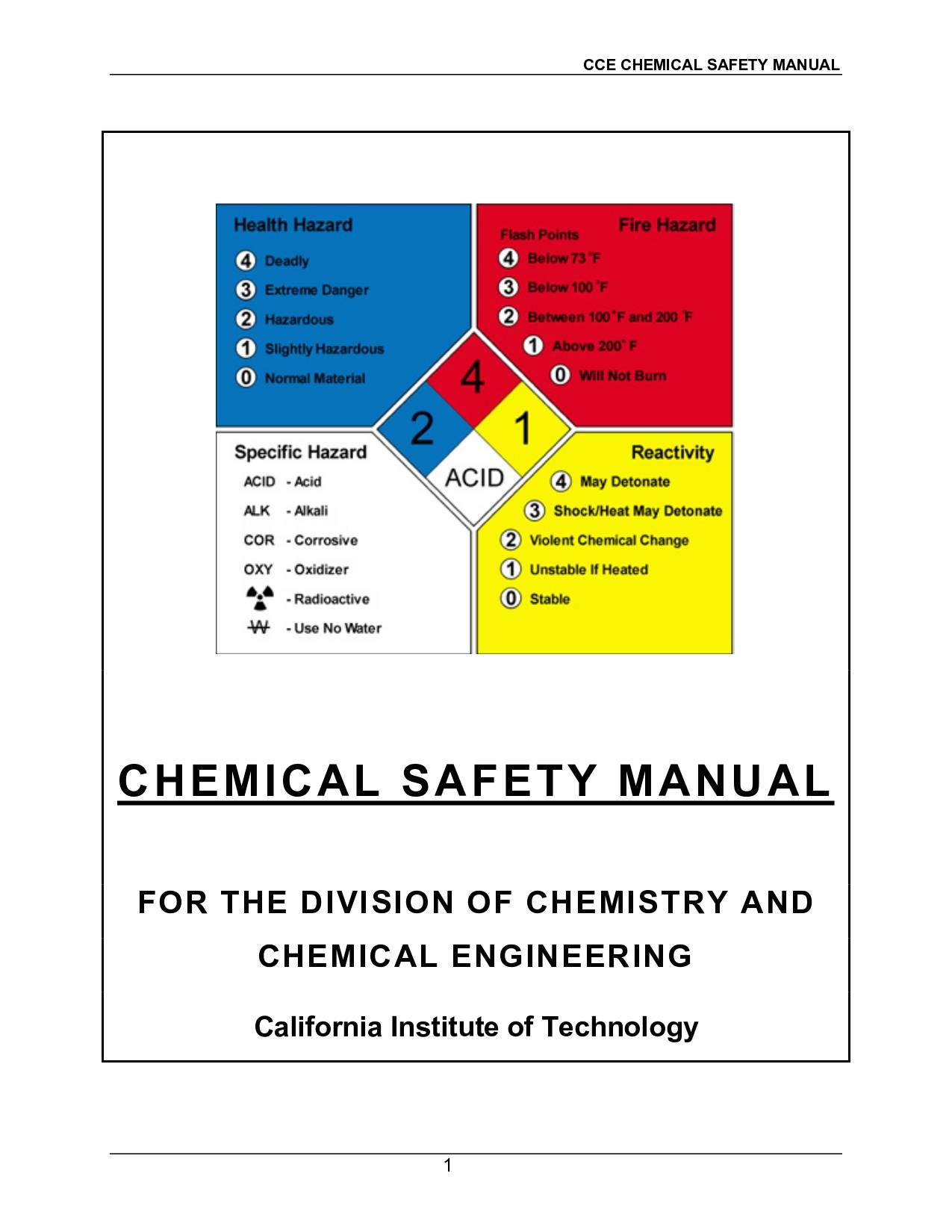
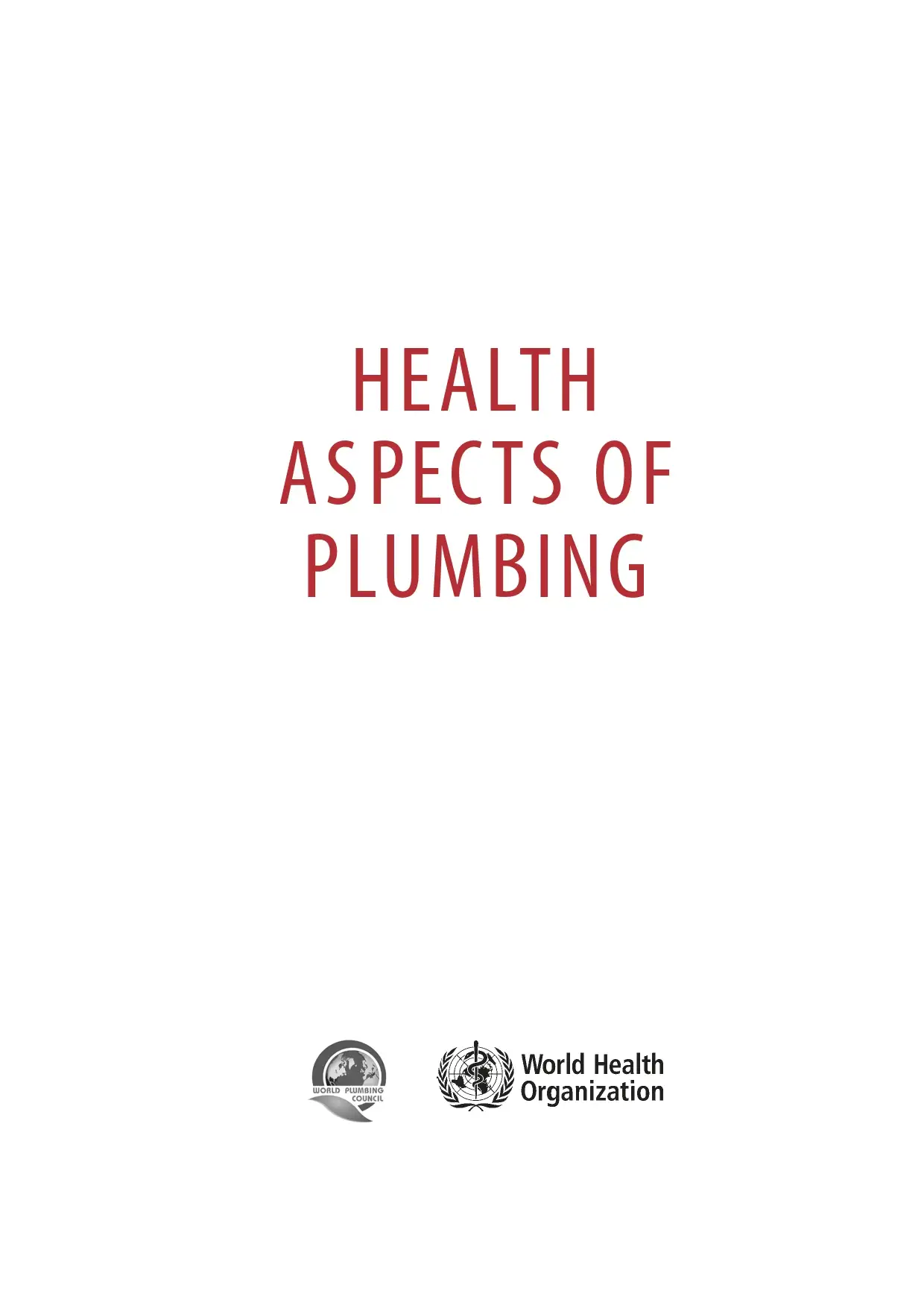
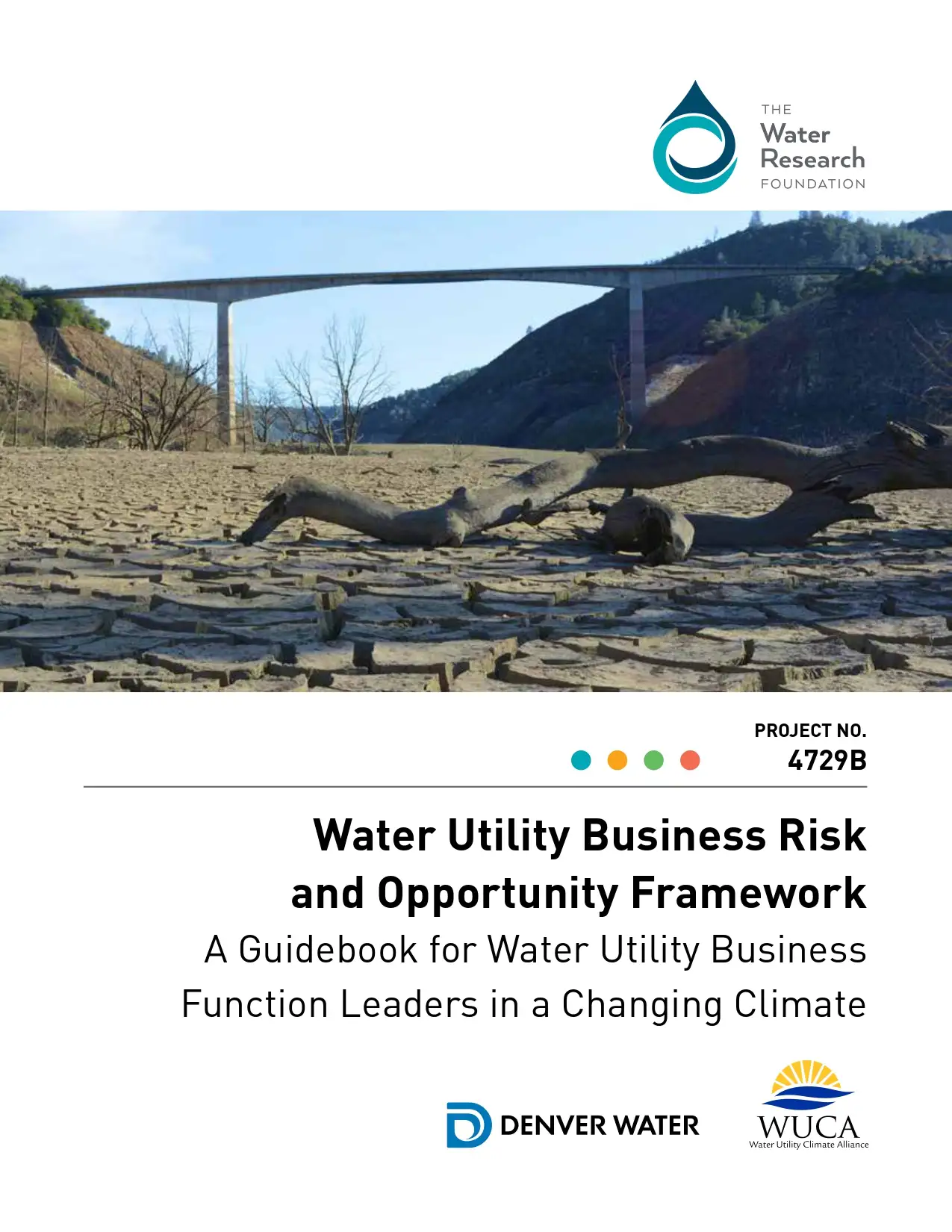
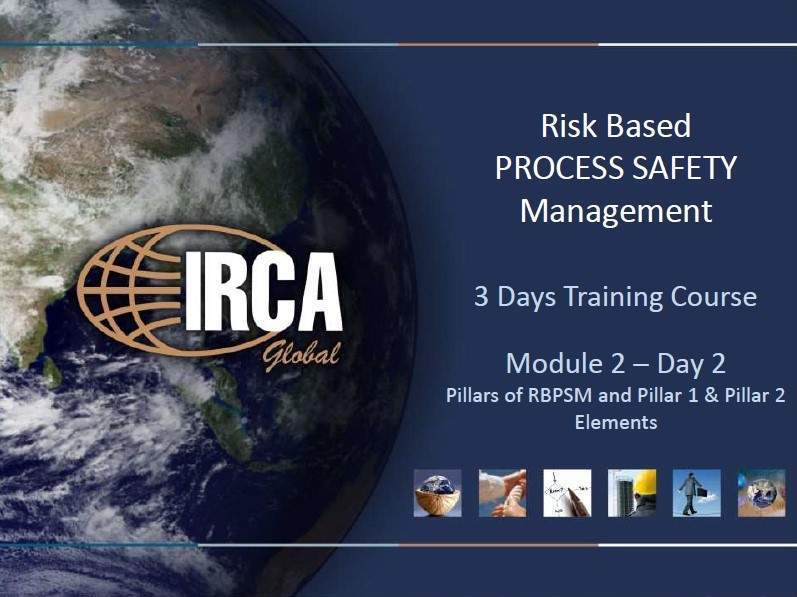
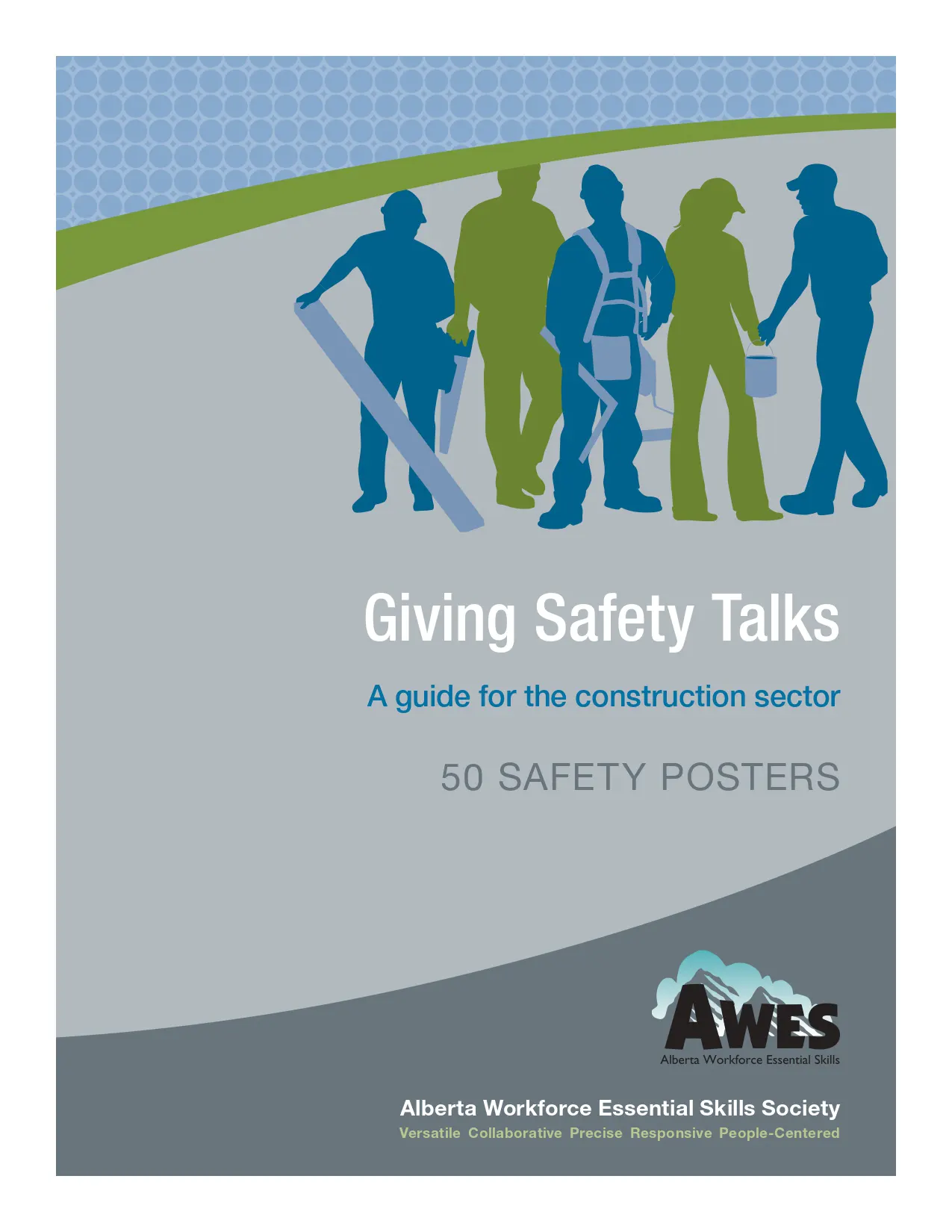

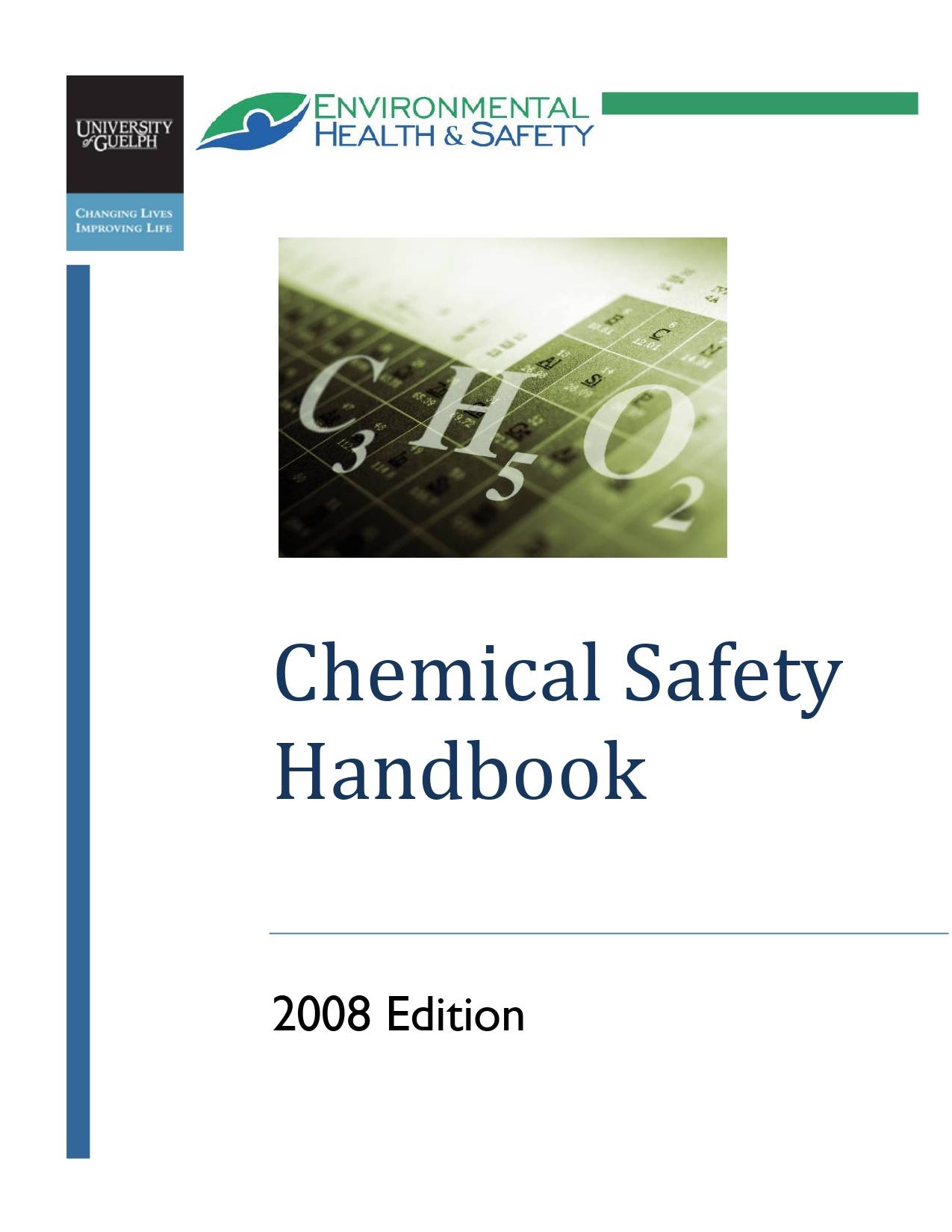
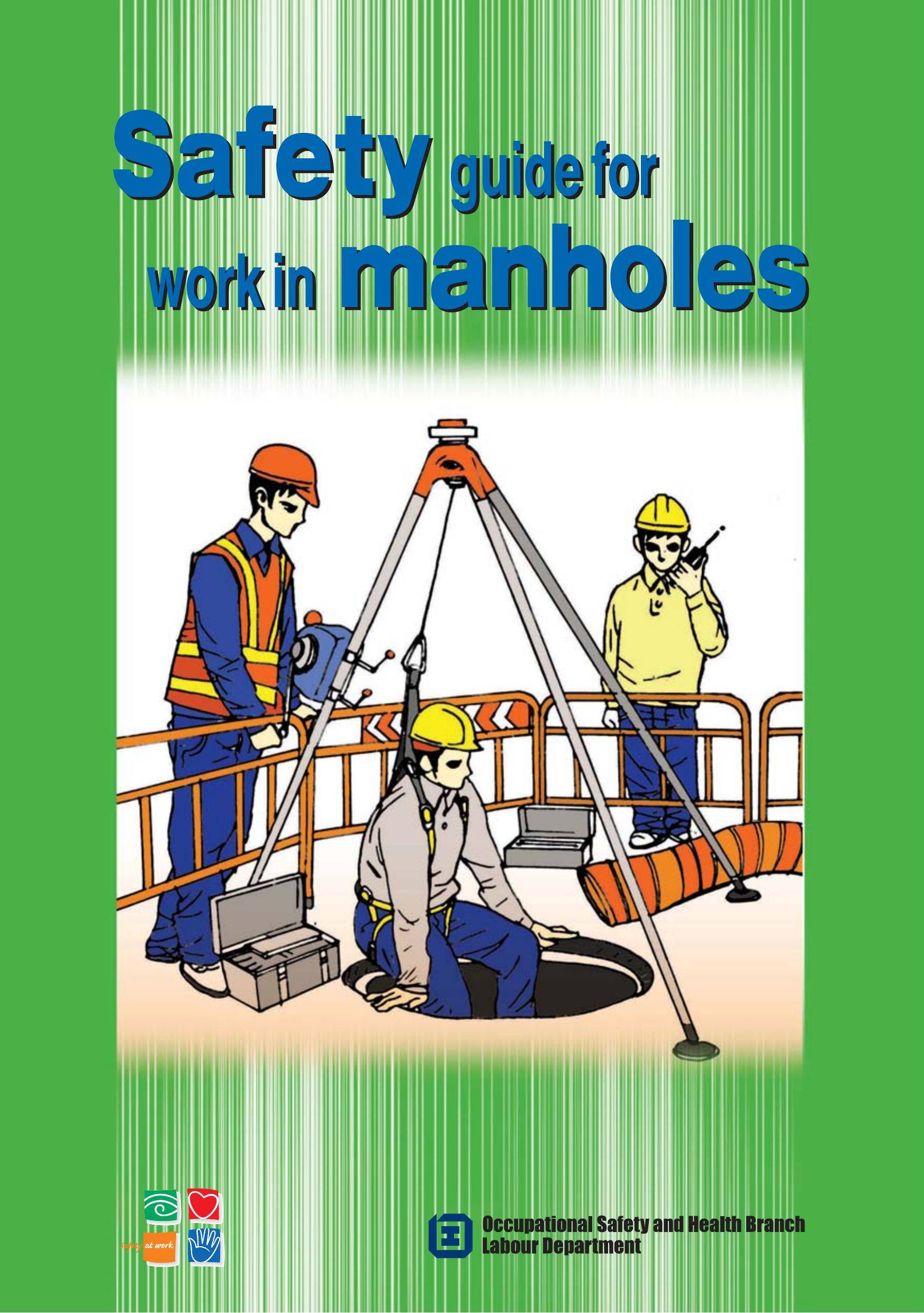
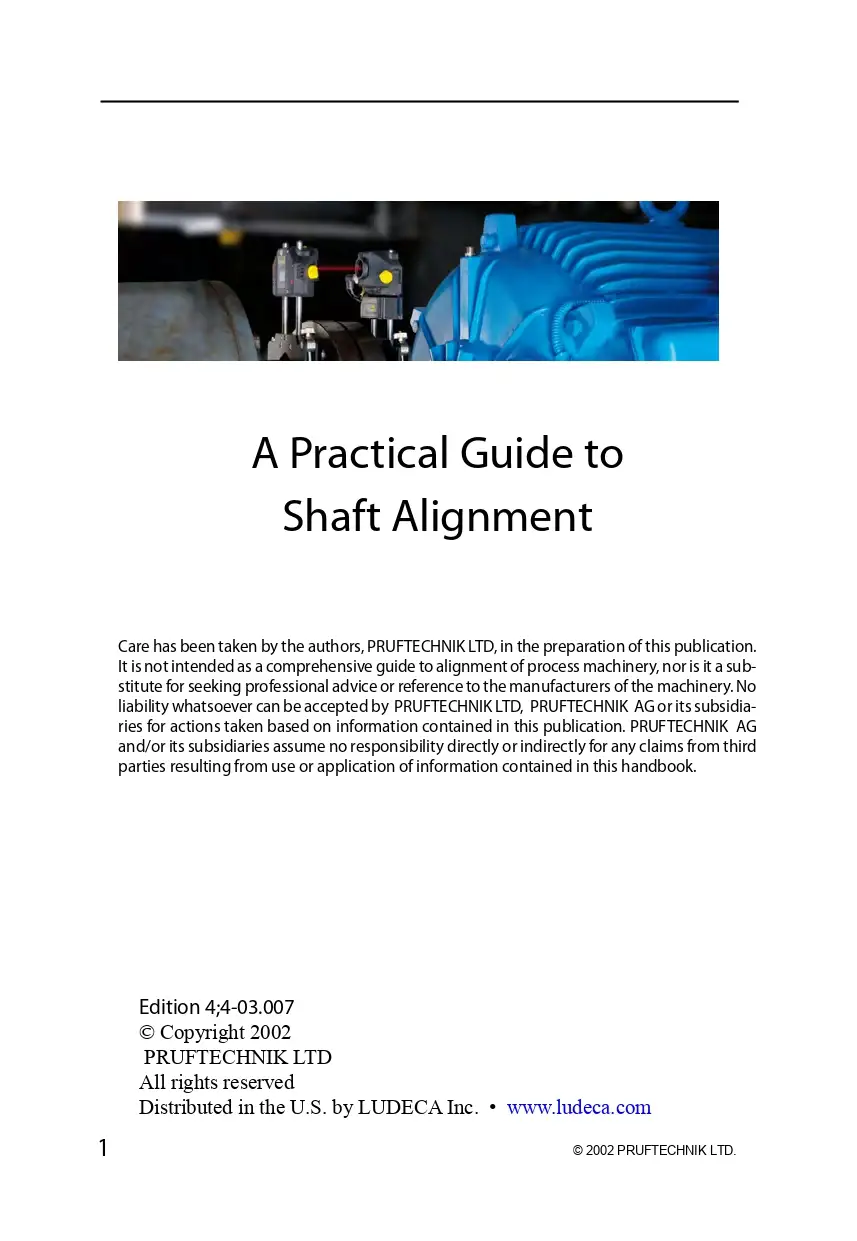
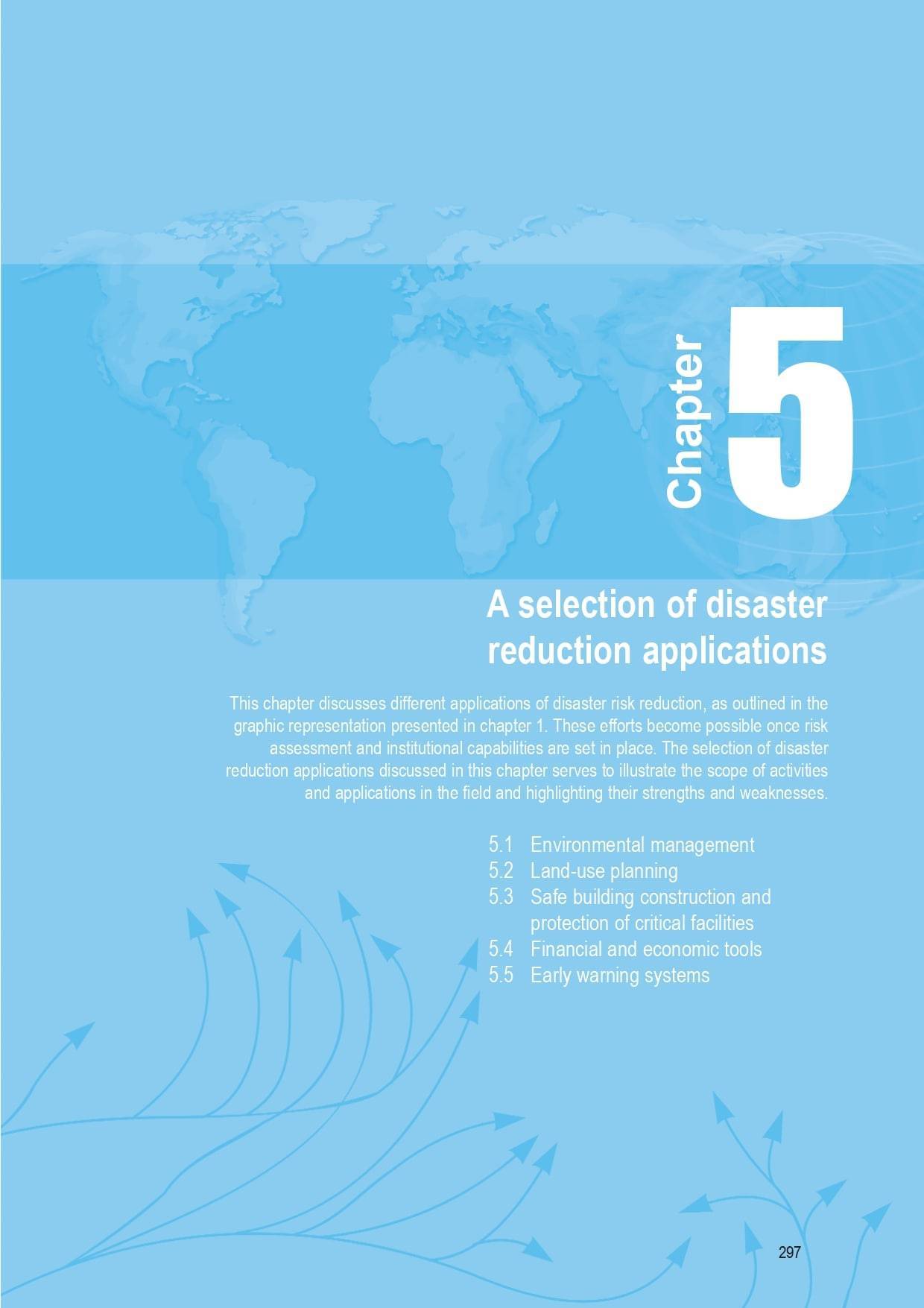

Reviews
There are no reviews yet.